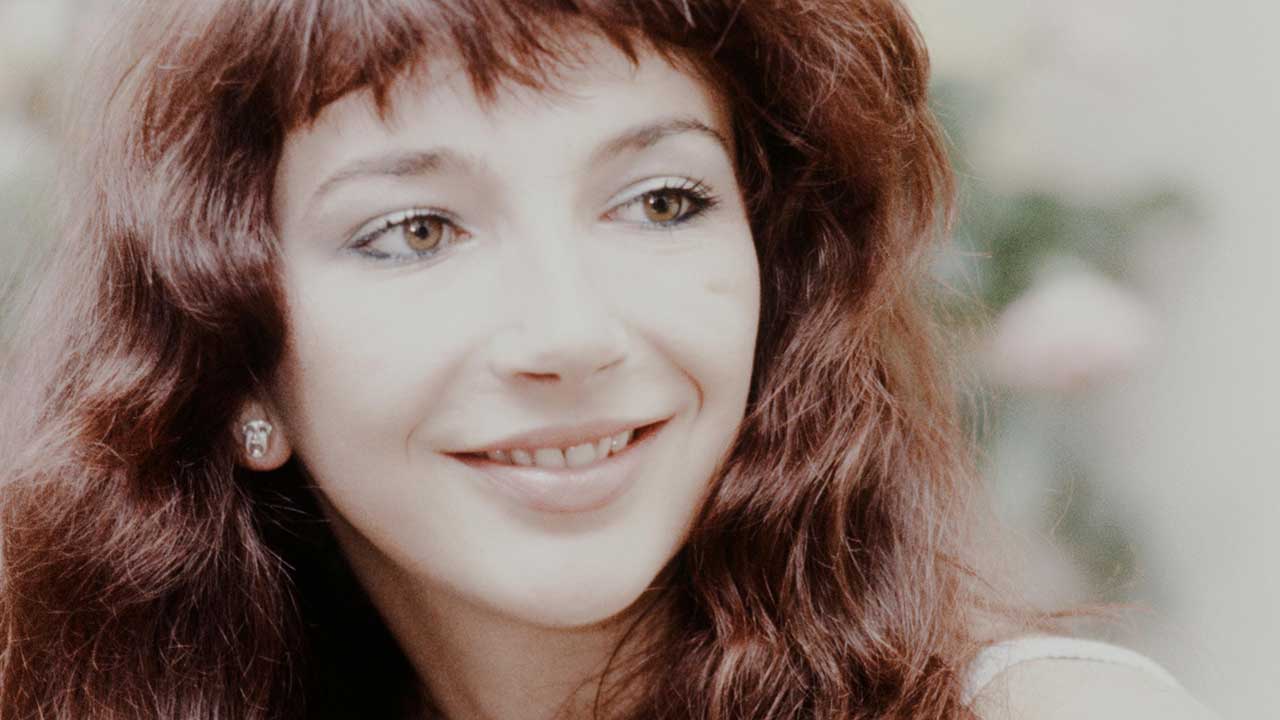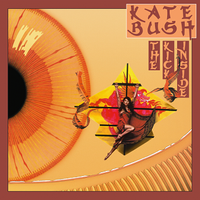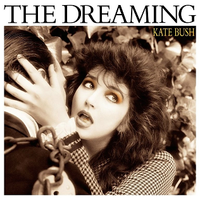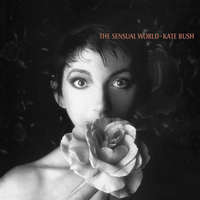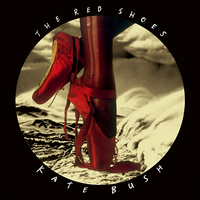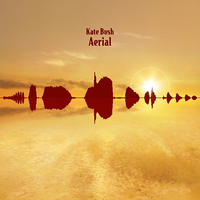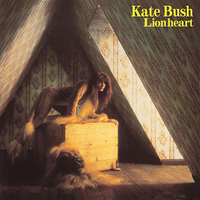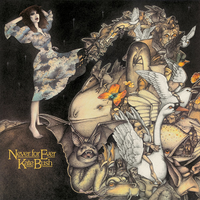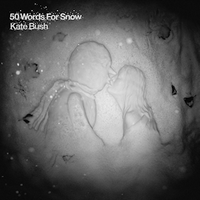Probably the most important and influential British female singer-writer-musician bar none, Kate Bush was ‘discovered’ aged 15 when a demo tape found its way to David Gilmour of Pink Floyd. He thought the songs “idiosyncratic… yet I was convinced from the beginning that this girl had remarkable talent”.
Pretty soon EMI had signed her, but wisely put her on a retainer for two years. During that time she honed her craft, practised piano and her dance moves, and became increasingly prolific.
Just as the label were ready to launch their protégée, punk came along. EMI kept the faith, intent on releasing James And The Cold Gun as her first single, until she convinced them to go with Wuthering Heights by bursting into tears. It became the first UK chart-topper self-written by a female.
Her debut album The Kick Inside raced to No.3 in February 1978. EMI, who had nurtured young Kate’s genius with great care, now realised they had an eye-catching, theatrical superstar and pin-up on their hands, and rushed her into the follow-up album, Lionheart, with undue haste.
Her first and only live tour was a highly visual triumph, but the emphasis on her looks distressed Bush, who subsequently shied away from all forms of promotion – except for videos, at which she excelled. With her family, she took greater control of her business affairs, and 1980’s Never For Ever certainly didn’t suffer – it was her first No.1 album.
The more she avoided the glare of publicity, the more we all grew intrigued by this unique voice. The Dreaming marked a move away from commercial pop (although even her hits up until now had displayed gorgeous eccentricity) towards wilder experimentation. Hounds Of Love, from 85, is generally regarded as her masterpiece, marrying prog-art suites about death and God with extraordinary, riveting hit singles like Running Up That Hill.
Over the next decade, she broke cover less frequently but her charisma grew, as The Sensual World and The Red Shoes – despite limp attempts by some at a backlash – yielded some of her greatest tracks. Twelve years passed before she released the double album Aerial, a paean to middle age and motherhood.
Then, implausibly, 2011 saw not one but two albums: one of peculiar remoulds, one all about snow. They reaffirmed that Kate Bush stands – or floats – apart from the norm and the everyday, and that for all her many mimics, nobody makes music like she does.

